Phil Gingerich wondered if his skull was a crucial missing link, the first fossil evidence ever found for one of Darwin's most daring claims, that whales had evolved from land mammals.
To know for sure, Gingerich would need to find more fossils. Ones that would show each stage of the whale transformation, what scientists call "transitional forms".
Gingerich, "I want to line them all up. I want anyone to be able to see it and believe it because they've seen it."
Gingerich tried to return to Pakistan to resume his search but war had broken out and the borders closed. Frustrated, Gingerich decided to look elsewhere. He had heard stories about whale skeletons sightings in a very unlikely place. So he decided to check it out for himself.

The Sahara Desert is one of the driest places on earth. But 40 million years ago, things here were quite different.
Gingerich, "This use to be the sea. Just think of this being the current Mediterranean coast of Egypt backed up about 40 million years. We're about 100 kilometers to the south of where it is today."
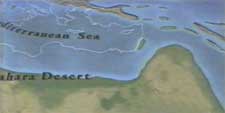
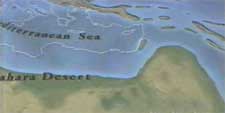
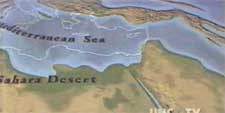
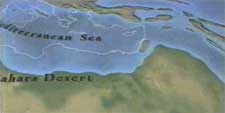
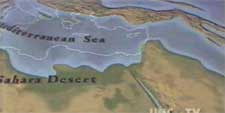
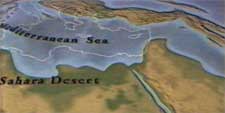
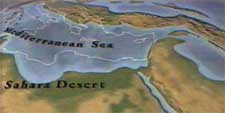
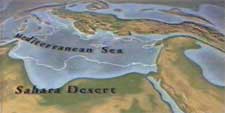
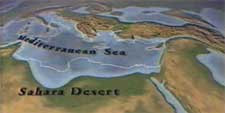
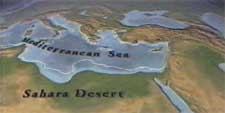
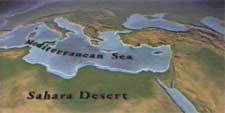
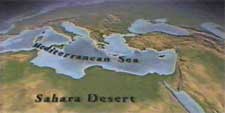
Here, and what had once been the Southern Mediterranean Sea is a 100 square mile stretch of layered sandstone with a surprising name, "Valley of the Whales".
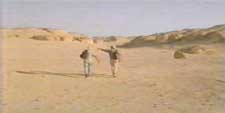
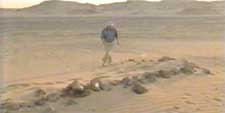
The name is well suited. Scattered everywhere across this arid landscape are what look like heaps of rose-colored stones.
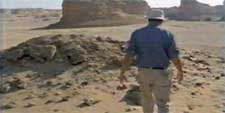
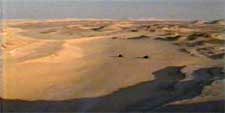
But they're not stones.
They're whale skeletons, 40 million years old.
Gingerich, "Here's a basilosaurus. You can see how big the vertebrate are. There's another one over here ... there's one over here, and back over there's one. This whole place is full of whales."
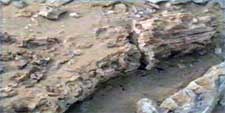
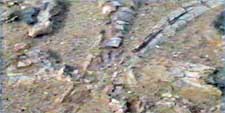
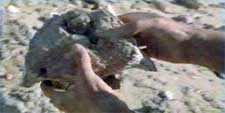
Why were there so many whales concentrated in this one spot? Gingerich believes that whale valley was once a protected bay, a lagoon, hidden from the open sea by underwater sandbars.
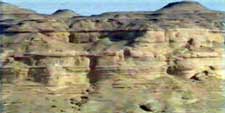
Perhaps the whales birthed their young here and came here to die.
But even with hundreds of whale bones at his feet, Gingerich was disappointed. Nearly all of the skeletons belong to a whale called Basilosaurus, a 40 million year old creature, already known to science.
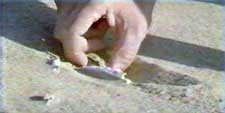
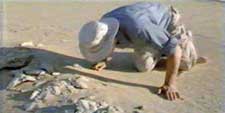
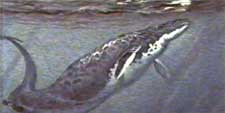
Basilosaurus lived full time in the water. If whales had evolved from land mammals, they had done so long before Basilosaurus. So Gingerich didn't think the bones would be of much interest. But he couldn't have been more wrong. After only a few days of digging, he made his second amazing find. It turned out that Basilosaurus had something that modern whales have long since lost.
Gingerich, "For the first time we've got whales that have legs."
The bones were small but unmistakable. A pelvis, a kneecap, even toes.
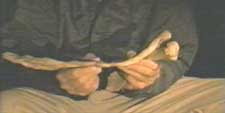


This whale had a complete set of leg bones. Gingerich brought back as much of the skeleton as he could carry. It was dramatic evidence that whales had once been four legged animals.
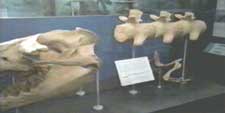
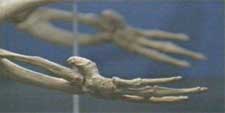
--
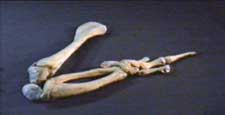
All images and extracts from NOVA, WGBH Boston, PBS Television |